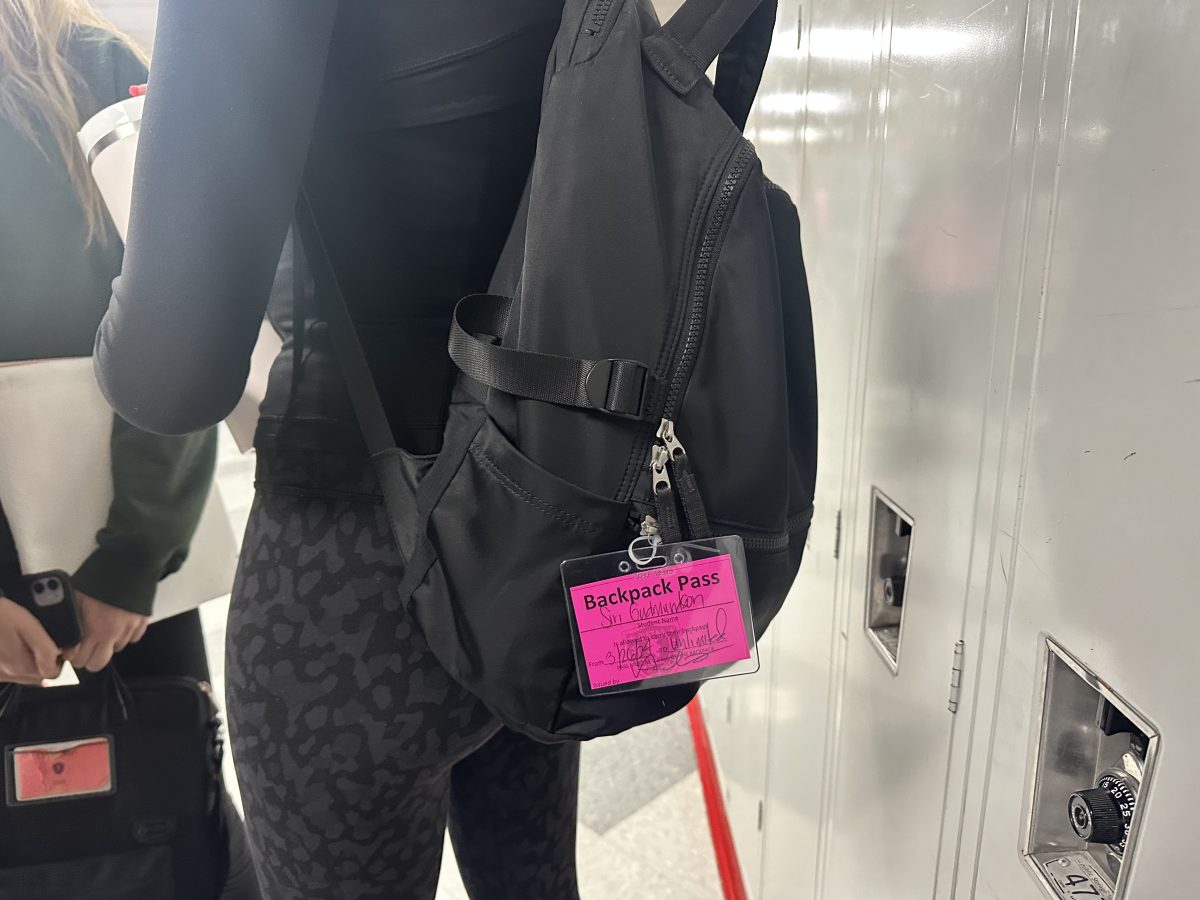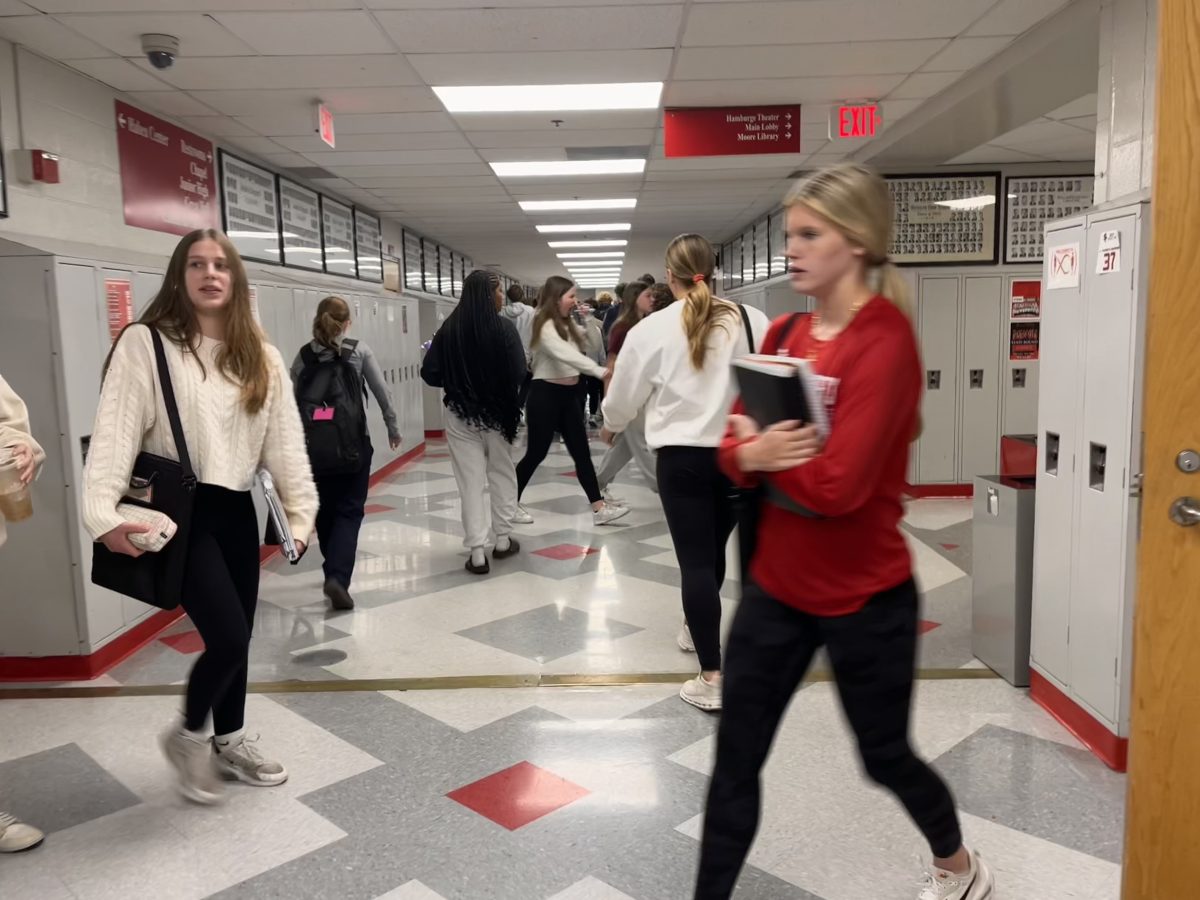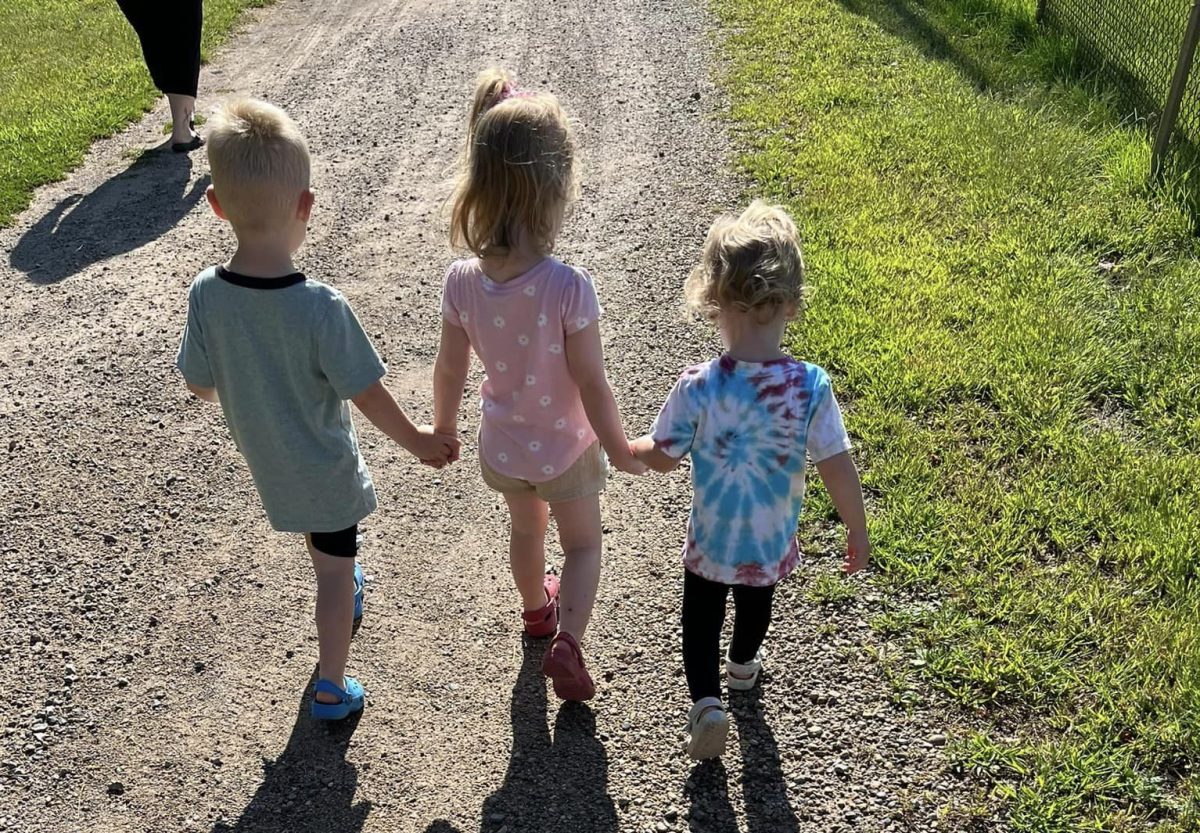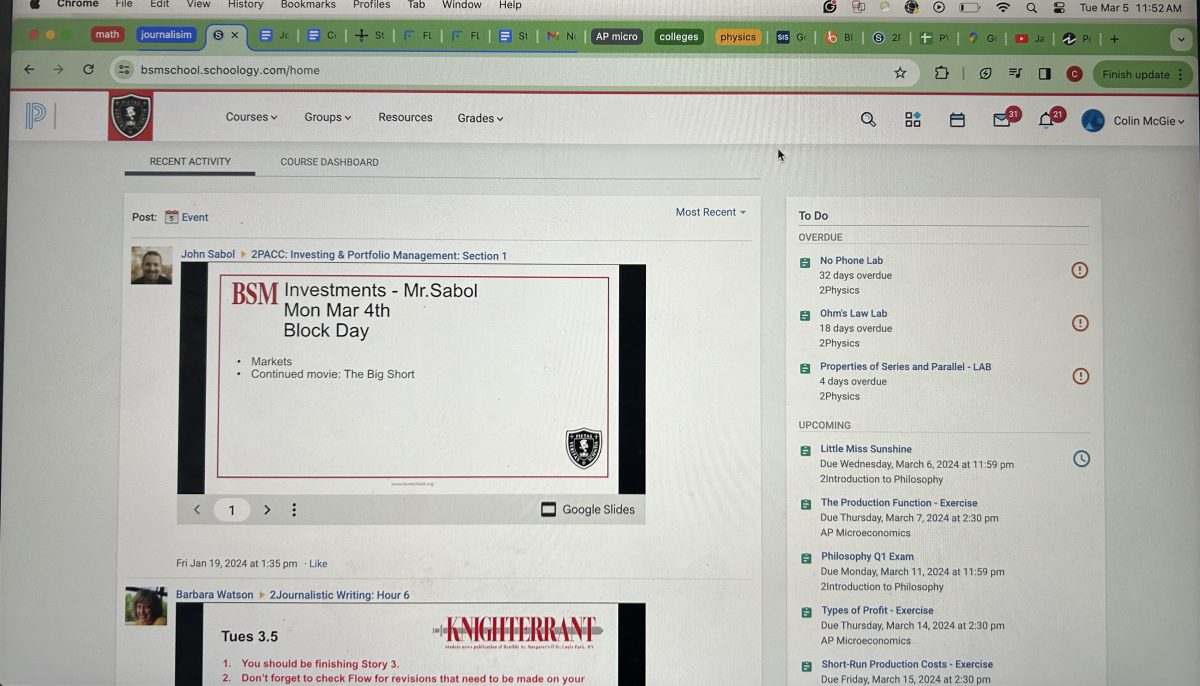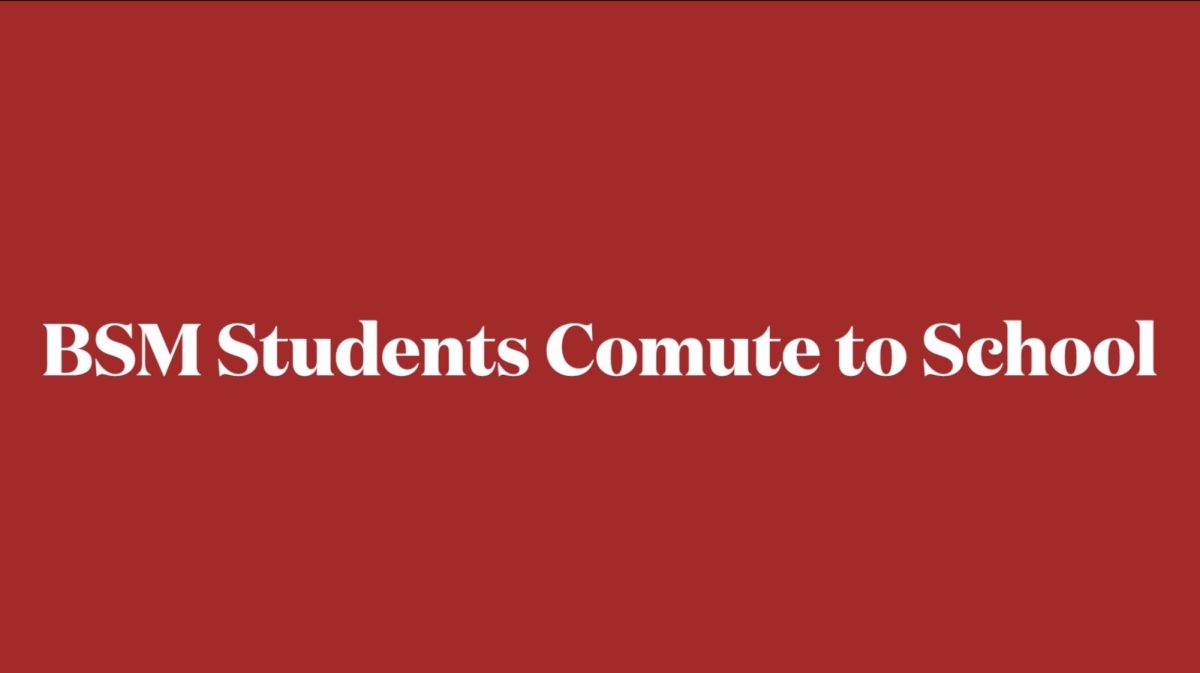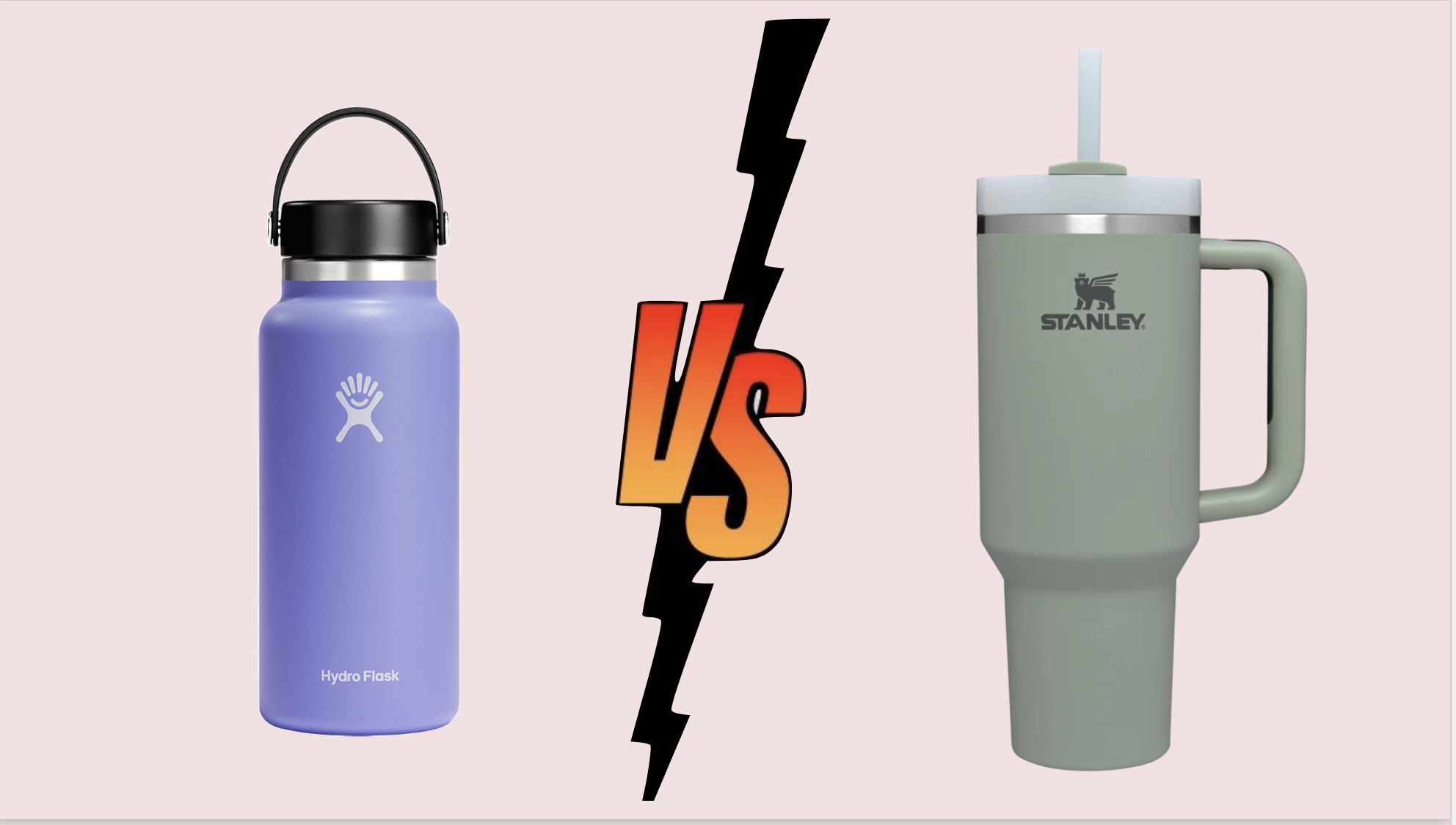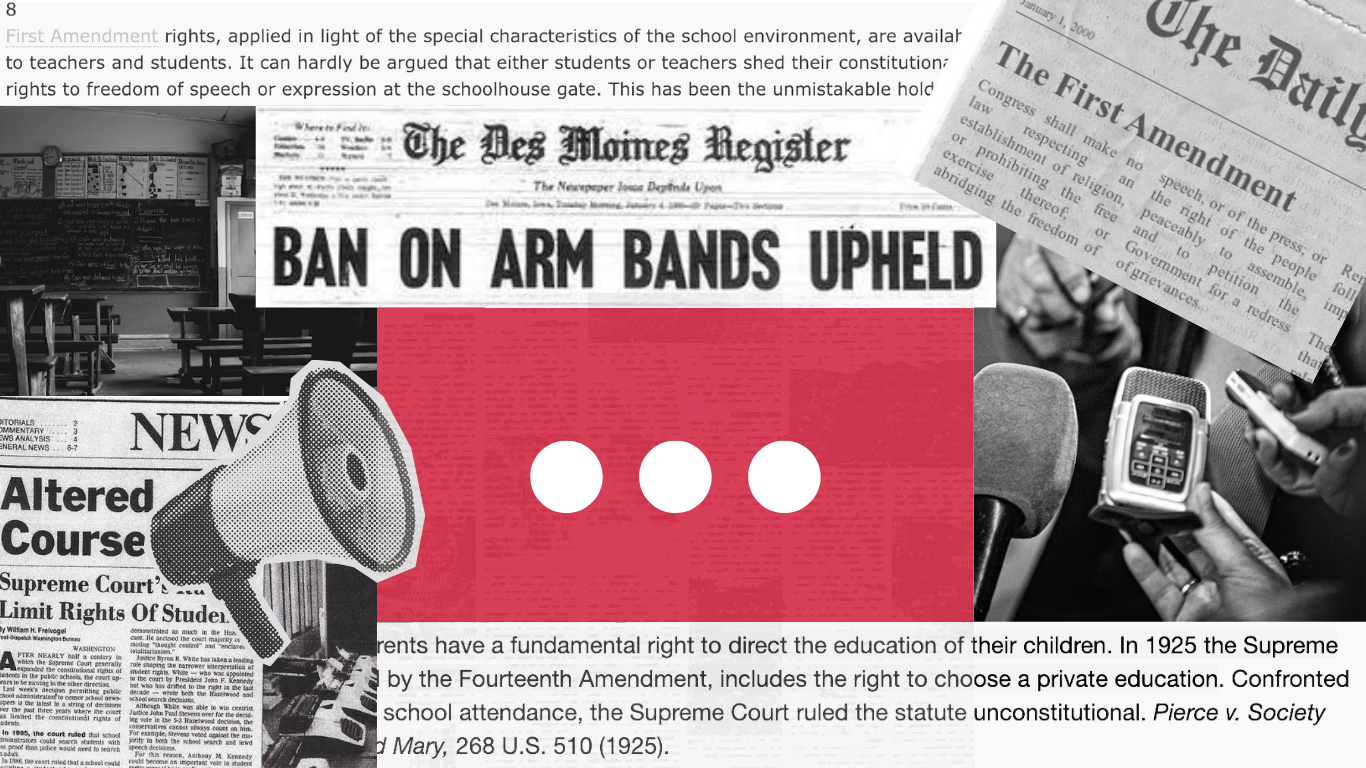Safe spaces keep students safe and comfortable
January 3, 2017
In today’s world, the topics of safe spaces and trigger warnings are being talked and debated about, but many times they aren’t fully understood. Many schools and student organizations are fighting to create safe spaces and expand the role of trigger warnings, but some of these movements are meeting resistance partially because people don’t fully understand what these terms mean.
Trigger warnings prevent people from feeling uncomfortable when topics such as sexual/physical abuse, depression, suicide, drug abuse, etc. are discussed. In all levels of school, such topics are talked about. In a BSM scenario, if your morality class is discussing sexual assault and a trigger warning is in place, you may leave the room or choose to not be a part of the conversation if you feel uncomfortable in any way. Along with trigger warnings being verbal, they also take place in books, videos, and other texts. Class syllabi may have a trigger warning if on a specific day a possible controversial topic is being discussed; speakers may use trigger warnings before talking about certain things, and teachers may warn students about sensitive topics in books they have to read for school.
Safe spaces provide areas where students can take a break from the fear that conversations about issues that affect them deeply could come up at any moment.
— Alexia Saavedra
According to Rainn.org, one in six women and one in 33 men have been victim of an attempted or completed sexual assault. At Benilde-St. Margaret’s, that could potentially be about 235 students. Many times, victims of sexual assault are left with emotions that are hard to face, with many suffering from post-traumatic stress disorder (PTSD), depression, and anxiety. In some situations, this trauma can make it difficult to discuss topics like assault. These kinds of conversations flood their minds with bad memories––memories that should be discussed with their therapists, not students and teachers.
One step further in addition to trigger warnings is to have a safe space. As a result, the student would not have to be scared to go to class and have to be faced with a difficult conversation that they are unable to deal with, or be faced with embarrassment and fear that their classmates will know what happened to them. A safe space applies not only to sexual assault victims but to every person as well who has trouble dealing with difficult or contentious topics.
As young people, it’s tough to have respectful conversations about subjects that are debatable. People have a hard time accepting that others have different opinions or experiences than their own. In a safe space, no one has to be worried that others will be judgemental of them or try and change what they believe. They know that once they walk into the safe space, it is a break from the rest of the exhausting exchanges that take place outside of the classroom. Students who request trigger warnings or safe spaces are not avoiding problematic conversations intentionally. Instead, they are wanting to face these topics in ways that are academically arduous, yet understanding to everyone.
Students shouldn’t have to be bombarded with uncomfortable topics and difficult conversations everywhere they go, especially when they are in a learning environment. Embodying safe spaces in schools isn’t completely stripping away students’ freedom of speech; it’s ensuring every student can participate in a discussion without feeling uncomfortable, and providing areas where students can take a break from the fear that conversations about issues that affect them deeply could come up at any moment.



